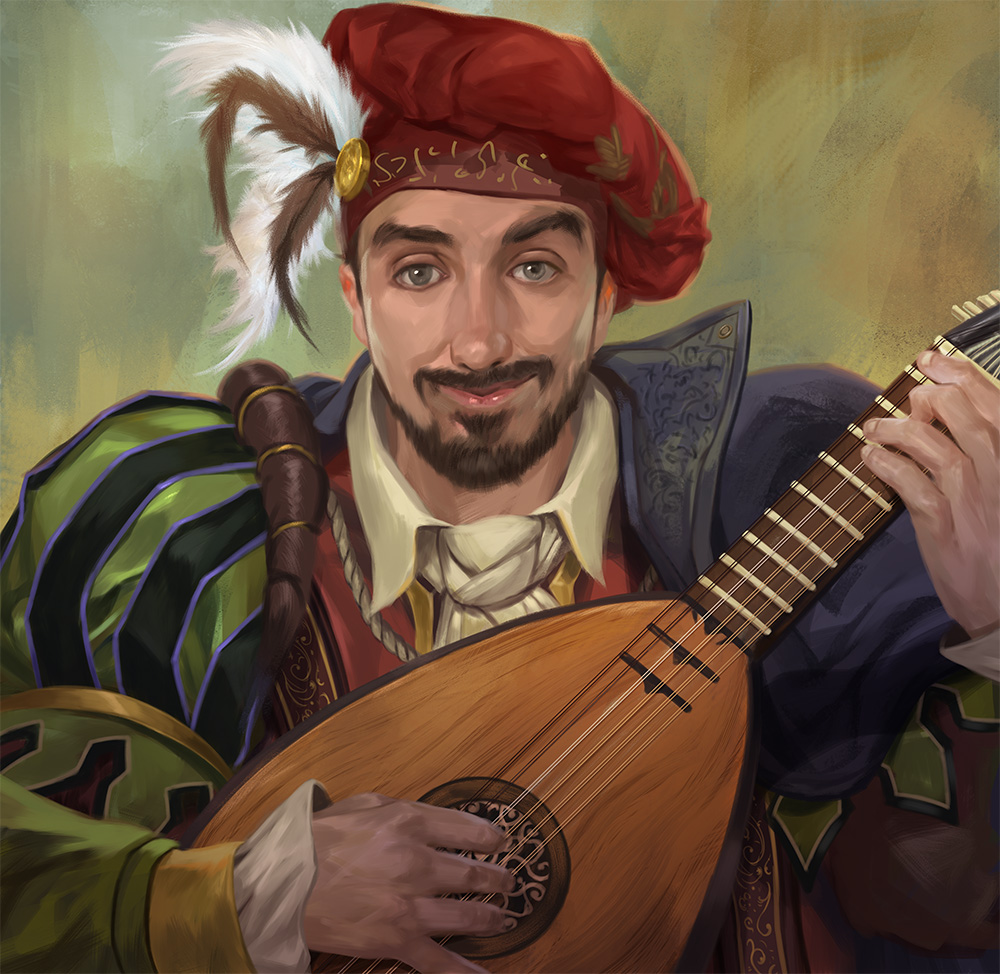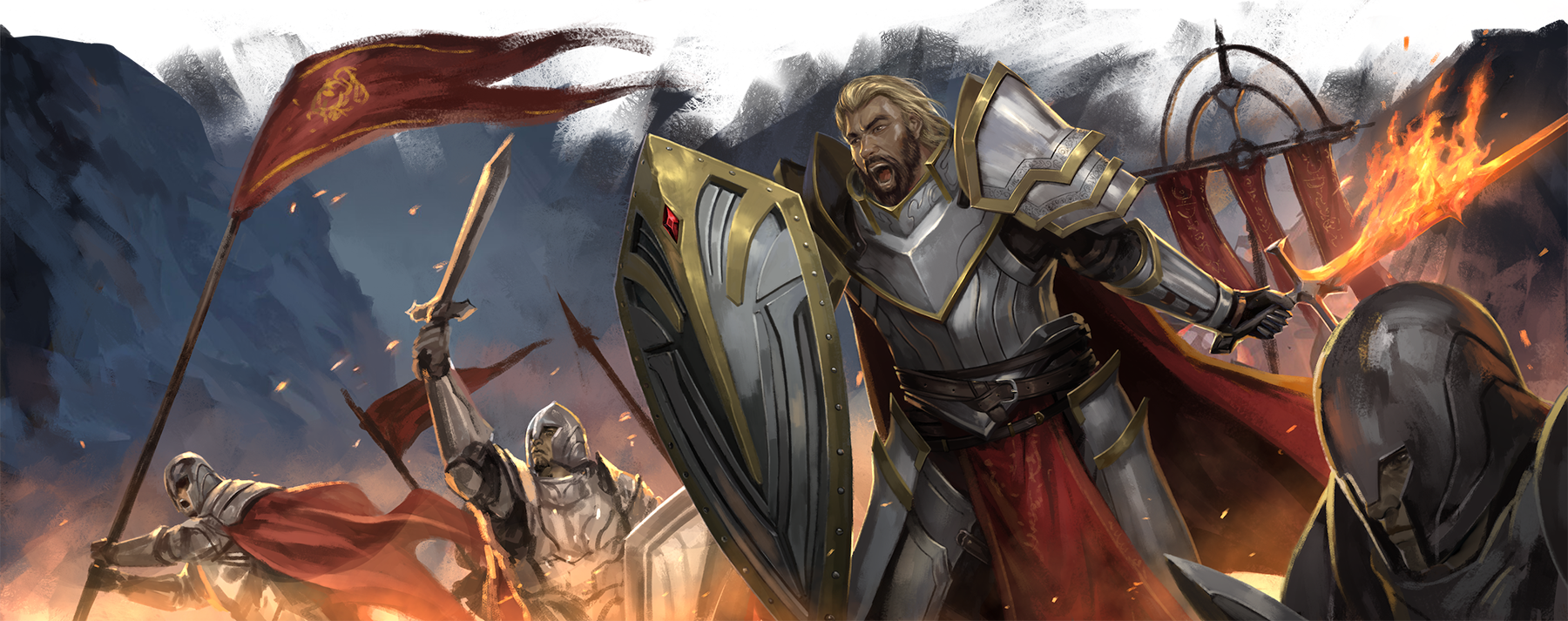Best Viking Beard Styles: How to Grow a Legendary Viking Beard

 Joe Nightingale, MBBS, MSc
Joe Nightingale, MBBS, MSc

Think of a Viking beard – you're probably picturing a wild man with a mane of hair. Vikings are often thought of as fearless warriors, the kind of crazy, intimidating men who'd run headfirst into battle. That's sort of true –a Viking was actually a professional pirate.
Yet, while we might presume these uber-masculine men weren't much interested in personal grooming, such assumptions couldn't be further from the truth. Vikings spent a lot of time on beardcraft, maintaining and untangling their beards and using oils to soften their hair.
But it's not the grooming rituals we're interested in – it's the Viking beard styles. From long Viking beards to the legendary beard braid, these majestic beards were a symbol of strength and power. Learn how to grow and style a Viking beard that builds up your presence.
Best Viking Beard Styles
Let's be clear: a Viking beard is anything that’s big and bushy. Forget the guides that mention short, trimmed Viking beards – they don't know what they're talking about. According to Norse mythology, the gods had giant beards – little wonder most of the men followed suit. In fact, the most legendary Norse figures, such as King Harald Bluetooth and Sweyn Forkbeard, were renowned for their long Viking beard styles.
Broadly speaking, three variations of Viking beards are possible: the beard braid, the long beard, and the Ducktail beard (with some variation in each category).
Viking Beard Braid

Nothing says "let's do battle" than a Viking beard braid. You'll need plenty of facial hair to grow this majestic beast. Go too short, and you look more like Khal Drogo than Odin.
The trick with this type of beard is keeping it in place. Once you've finished the braid, the last thing you want to tie it off with is a hair bobble. We recommend going for the beard bead. It'll lock the braid in place.
If you're feeling particularly adventurous (or you're a fan of Sweyn Forkbeard), you can opt for the double braid. That can either be at the end of an exceedingly long beard or as two tendrils dandling below your bushy chin.
Viking Long Beard

Viking long beards are the default setting in ancient Scandinavia. Usually, these beards would be meticulously combed and oiled to keep them looking shiny and healthy. (Vikings were actually kind of dandyish.)
It wasn't unusual to decorate the long beard with beads, rings, and other adornments. Each trinket held a symbolic significance, often containing runes and carvings that would protect or grant power. These could be made of bone, amber, glass, or metal.
It's not just about the beard – the mustache can either be long or short. The long mustache is more associated with the Germanic tribes. However, it isn't beyond belief that many Vikings sported long mustaches combed into their beards.
Viking Ducktail Beard

The Viking Ducktail beard is a variation of the classic long beard. Where it differs is that it's not as wide as other standard beards. This Nordic style tapers to a point (like a duck's tail) and is shorter and less bushy on the sides.
How to Grow and Trim a Viking Beard
Growing a Viking beard is all about volume. You're going to want a lot of hair to work with as you style it – whether you prefer a beard braid or a duck tail. Optimizing your lifestyle is crucial for supporting healthy beard growth.
Viking Beard Growth Tips
- Fuel your beard with the right nutrients. Load up on protein-rich foods, healthy fats, and essential vitamins like biotin and zinc to fortify your beard growth from the inside out, making it stronger and thicker.
- Master your beard care. Apply beard oil or balm daily to keep your beard hydrated and nourished. Use a boar's hair beard brush regularly (just like a proper Viking) to stimulate hair growth, untangle any knots, and give it that fierce Viking shape.
- Hit the gym and stay disciplined. Testosterone is your friend when it comes to beard growth. Regular workouts stimulate blood flow to your beard follicles and support testosterone production. You'll also want to keep your stress in check, as too much can slow down your beard's progress.
- Grow it out and trim it with purpose. Let your beard grow wild and free at first. Once it gains serious length, trim it strategically to get rid of weak ends and shape it into a bold, masculine style.
- Keep your skin battle-ready. Wash and exfoliate your face regularly to eliminate dead skin and keep your pores clear. Healthy skin beneath your beard is key to avoiding itchiness and letting your beard grow thick and full like a true warrior.
How to Trim a Viking Beard

Before you get started, you're going to want around 5 months of natural growth. The bigger and bushier, the better. Start with a pair of scissors, shortening the sides and base. It's mostly about tidying it up and getting it into the shape you want.
- Set Your Neckline and Cheekline. Some people may argue against setting a neckline – they're wrong. You should always trim your neckline – it's roughly 1-2 fingers above your Adam's apple. You may want to give yourself a lower neckline. If so, just catch any scraggly hairs. As for your cheekline, keep it as high as possible, following your natural contour. Trim the rogue hairs for a clean finish.
- Brush and Oil. Most of what gives a Viking beard its majestic finish is in the grooming. Brushing your beard repeatedly is essential, as is oiling it. We advise using a high-quality oil that'll nourish the hair.
- Use a Beard Balm. Beard balms hold the shape and structure of your beard and protect against bacteria, UV rays, and other harmful effects. A good beard balm (with plenty of beeswax) is the perfect finish to a Viking beard.
Ready to take your Viking beard to the next level? Beard Sorcery has everything you need to craft the ultimate warrior look. From premium beard oils that nourish and hydrate to balms that shape and protect, we've got you covered. And with our range of grooming tools, including high-quality scissors and brushes, you'll be equipped to maintain that bold, powerful style.
Unleash your inner Viking with Beard Sorcery – because a mighty beard deserves the best care. Shop now and start your journey to a legendary beard!

No comments yet…